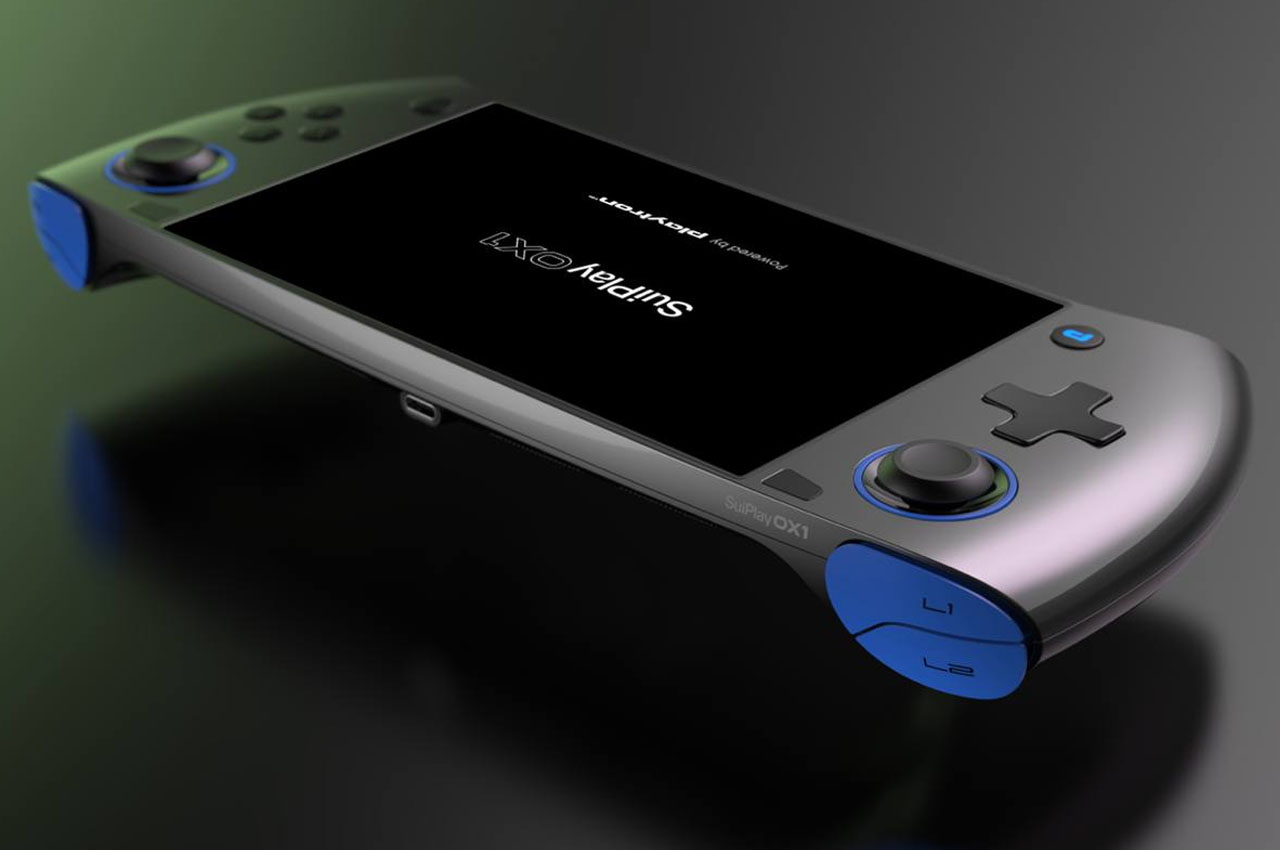
The handheld gaming market is currently dominated by the likes of Steam Deck and Nintendo Switch. Playtron wants to shake up this marketplace with its unique take on a gaming handheld device that unifies different game studios under one umbrella. Developed in collaboration with Mytsen Labs (one of Playtron’s seed investors), the Web3 capable gaming handheld dubbed SuiPlay 0x1 will be available in 2025 for a rumored $500.
The gaming titles compatible with the handheld will be available for purchase via the blockchain and tie some titles to Mysten’s Sui cryptocurrency. Mysten is also promising crypto-incentives and rewards as long as you keep playing and buying more games.
Designer: Playtron and Mysten
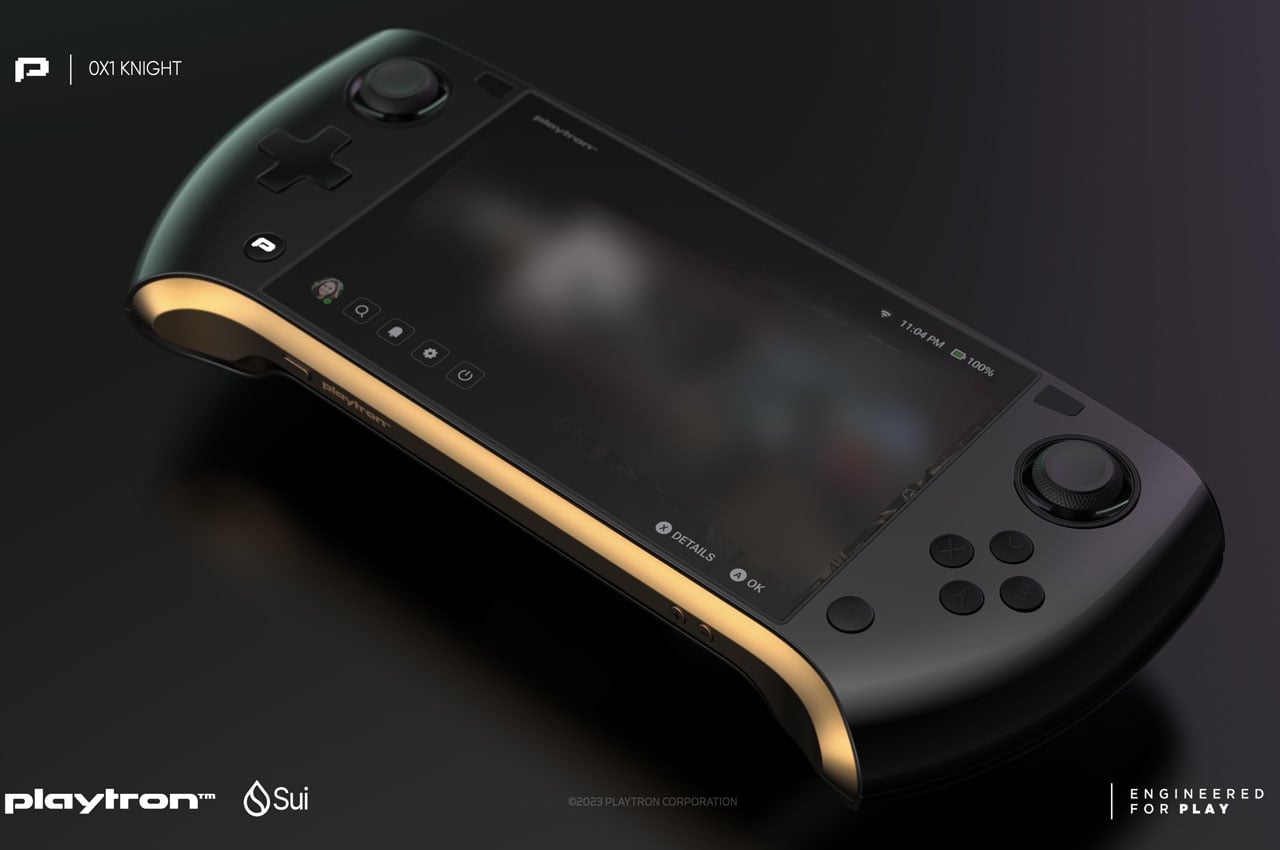
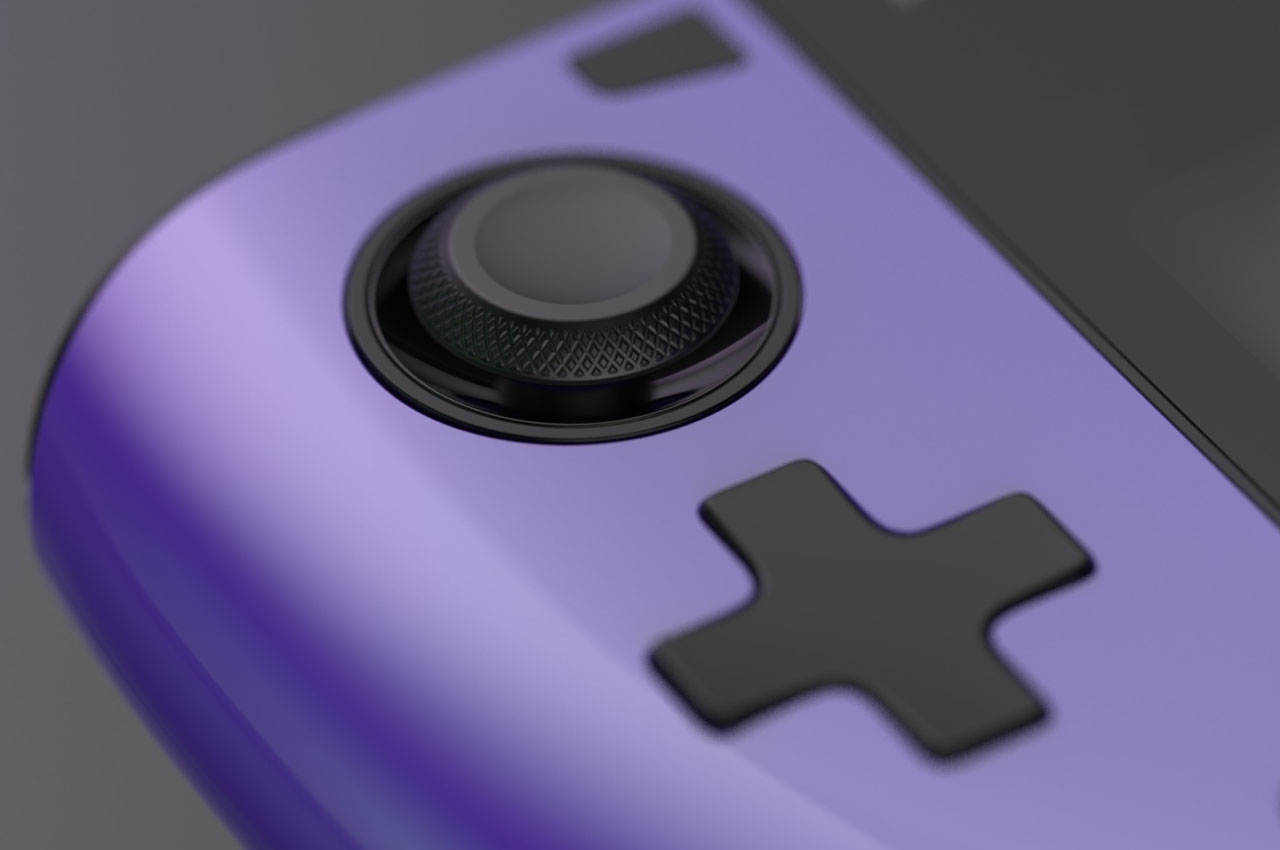
For now, the handheld renders look too sleek to be true. The D-pad is even flatter than the one on the Game Boy Advance SP, which was super-flat by necessity due to the console’s clamshell design. The startup is aspiring to create an Android of PC gaming, something that Steam Deck did. If the Web3 games on the PlaytronOS won’t do well, then the Steam and Epic Games Store availability on the platform will come to the rescue.
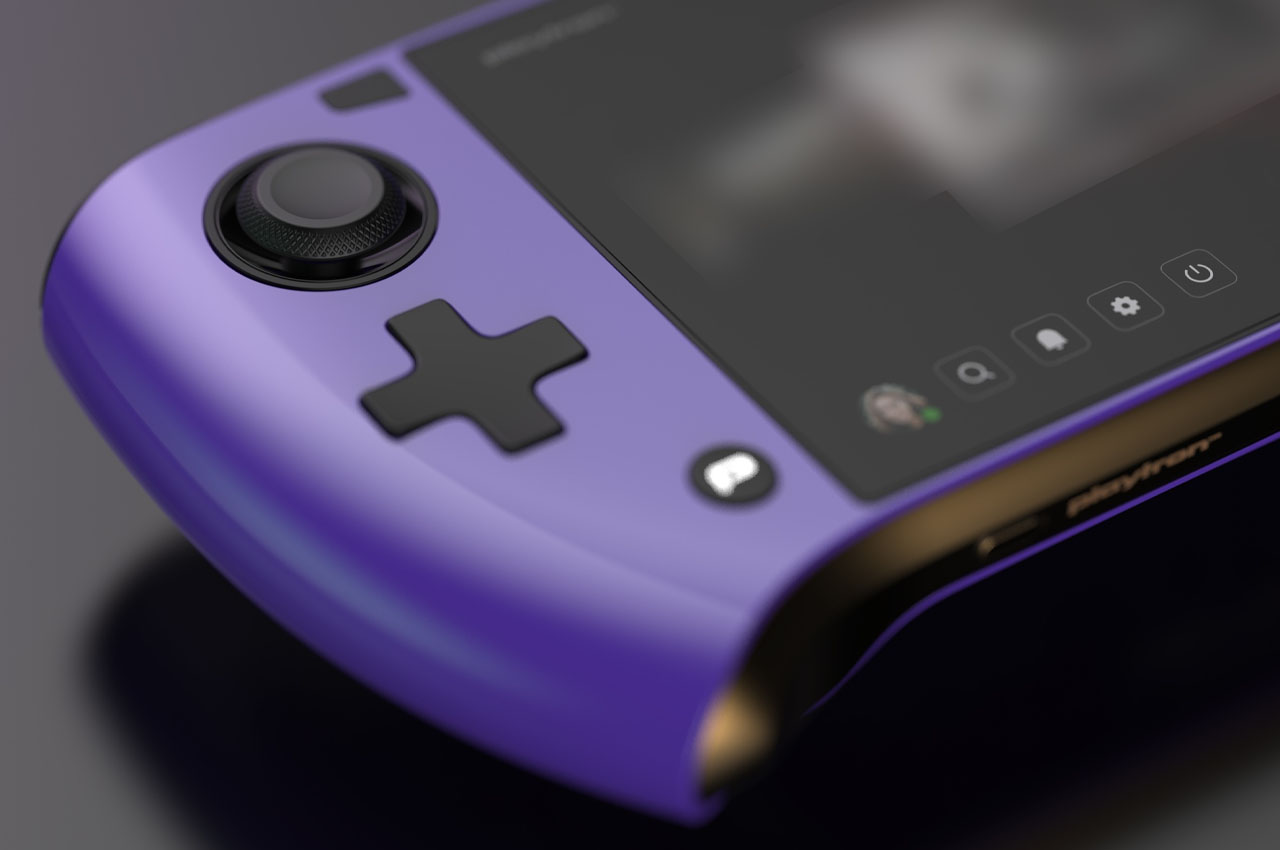

All said and done, the company is still to reveal any specs details. All they leaked was the promise of the handheld to be based on Advanced Micro Devices technology and currently, there are system-on-chip vendors interested in this unique offering. According to Playtrom CEO, Kirt McMaster, they are looking for manufacturing partners and a follow-up announcement will come in three months. You can look forward to the pre-order window once the specs are cleared up.
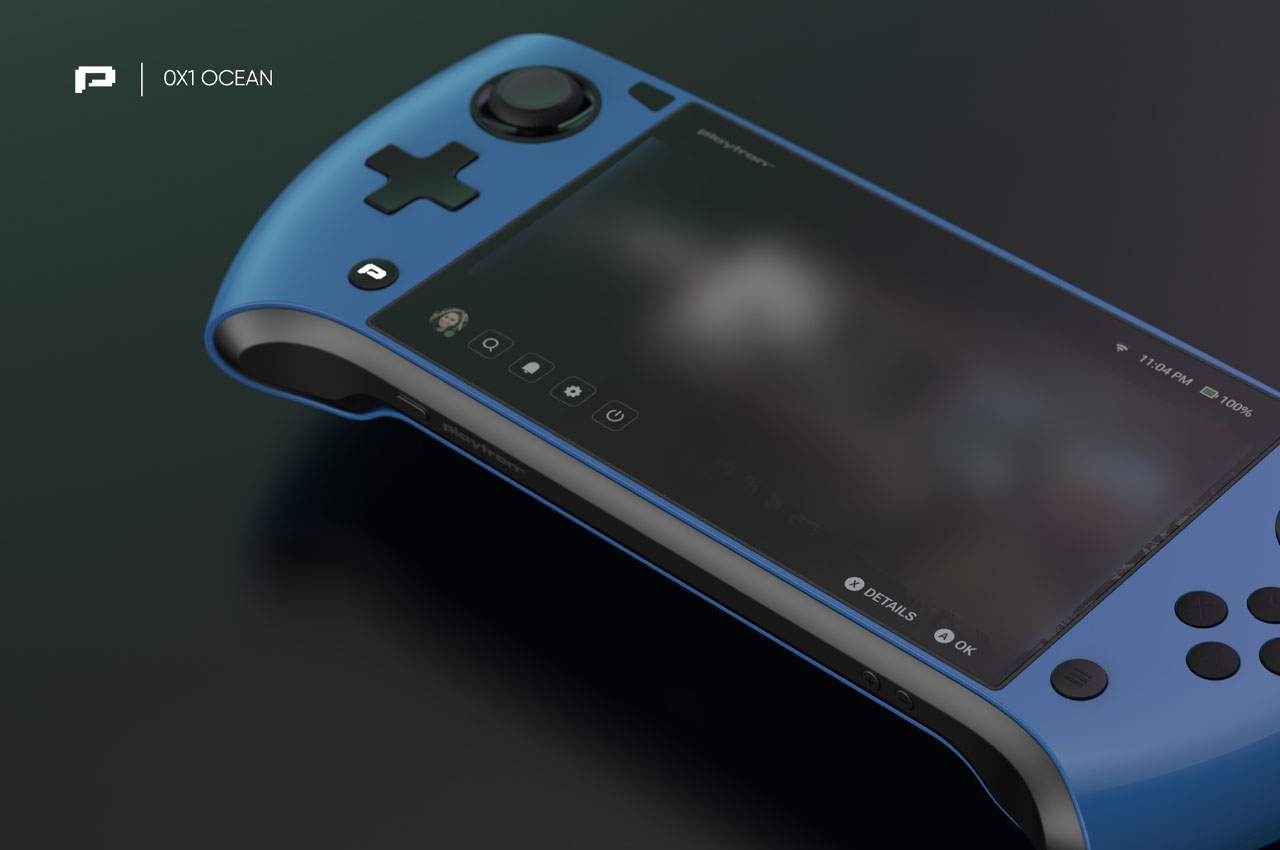
The open gaming handheld will offer multiple game stores, right from Sui Web3 games to the popular Epic Games Store. Every single game available will appear in a single launcher and work with a single operating system. The good news for developers is that the Playtron software will integrate stores with a program called Playtrom Select, so that small publishers can also launch their games directly on the launcher.
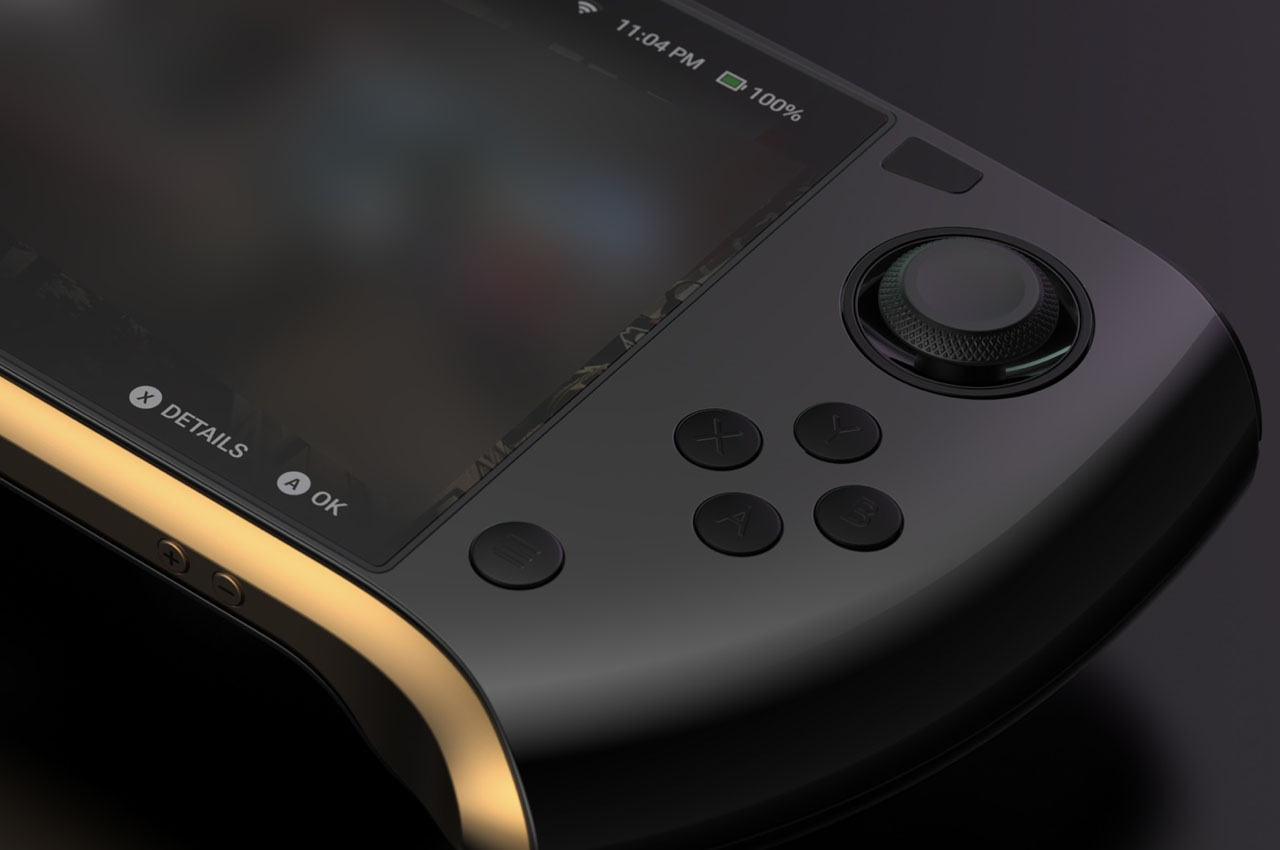


The post Playtron SuiPlay 0x1 gaming handheld unifies multiple game stores into an open platform first appeared on Yanko Design.